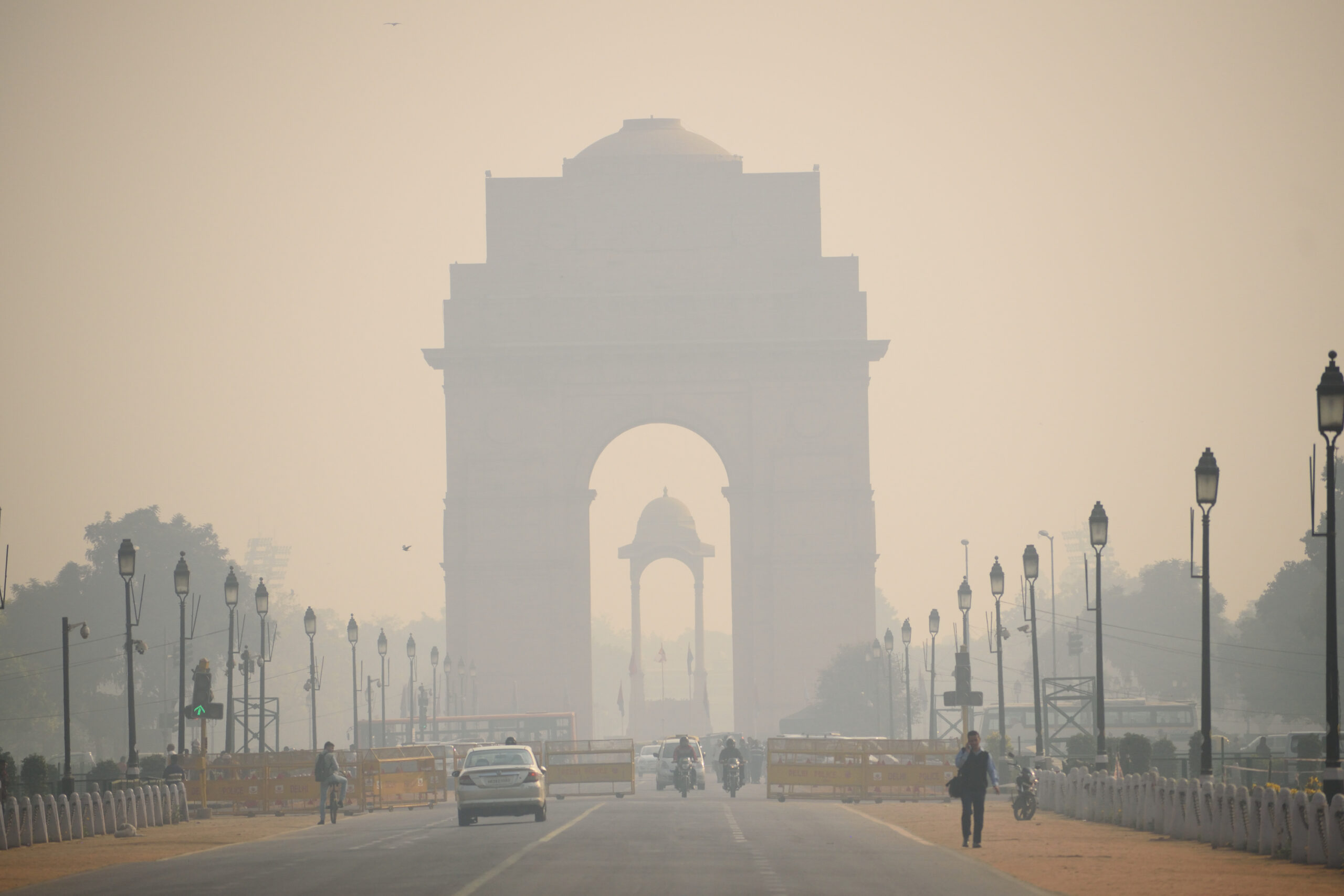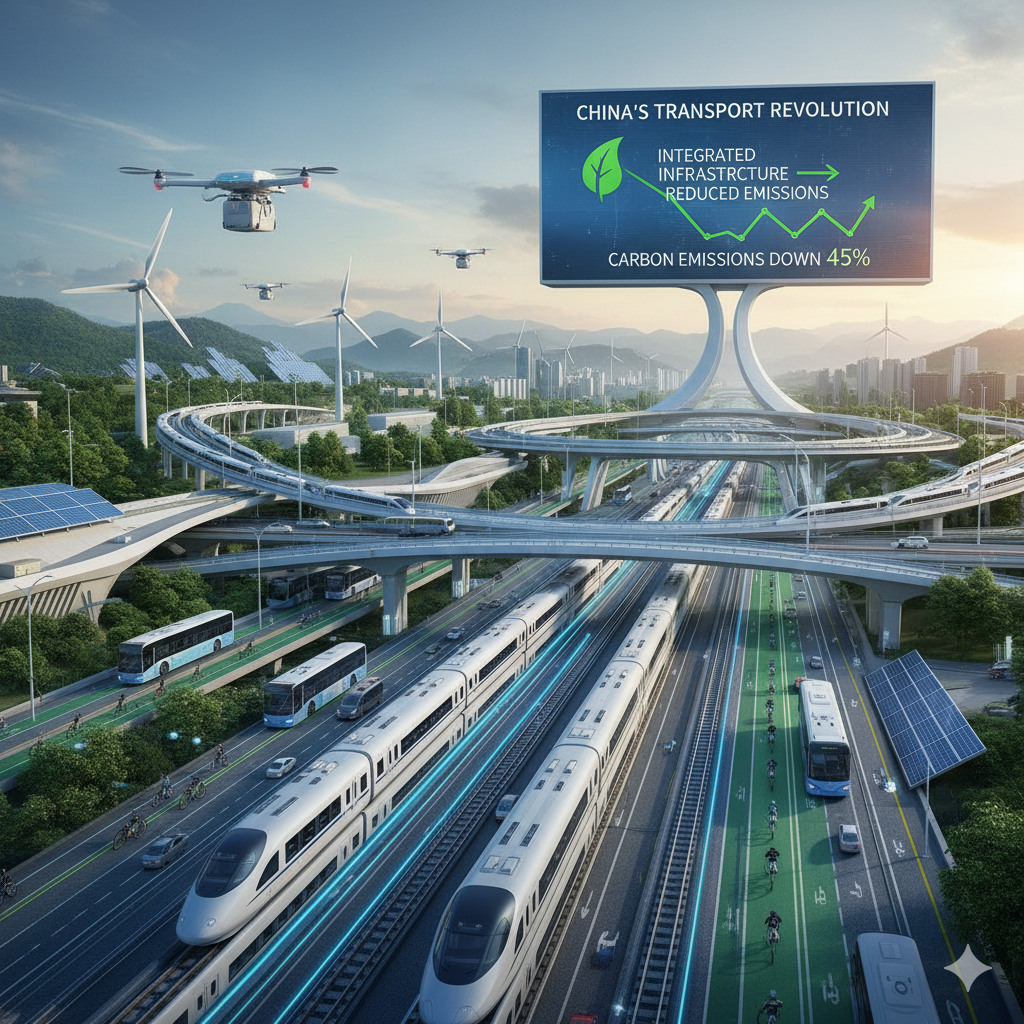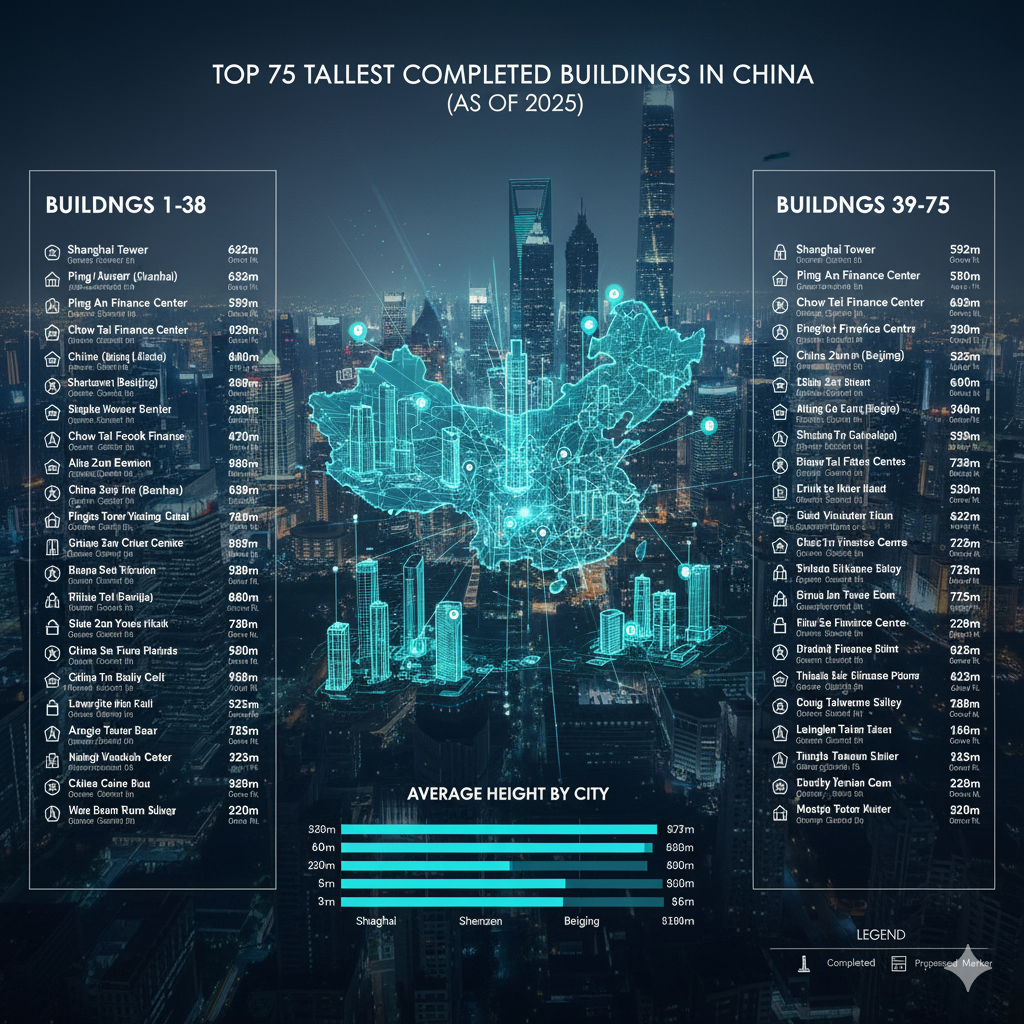Urban rail transit in China

China’s metro (MRT) is a nationwide network spanning over 50 cities; below is a city‑by‑city explainer for leading systems, covering scale, lines, and usage to help understand how each network operates and what sets it apart.wikipedia+1
National overview
China operates 54 metro systems as of 2024, the most in the world, and includes 11 of the 12 longest networks globally, reflecting decades of rapid urban rail expansion. An up‑to‑date inventory of urban rail in China is maintained with links to each city’s network, helping track openings, extensions, and future plans across the country. Among these, Beijing and Shanghai anchor the largest systems by route length, with Beijing surpassing Shanghai in December 2023 to become the world’s longest metro by route length.wikipedia+2
Beijing
Beijing Subway opened in 1971 and has grown to 29 lines (including two airport links, one maglev, and two light rail lines), 523 stations, and 879 km of route length across 12 districts and into neighboring Langfang. In December 2023 Beijing became the world’s longest metro by route length, and the latest expansion on December 15, 2024 added Line 3, Line 12, and a Changping Line extension. The current construction plan targets roughly 998.5 km around the Phase 2 horizon (circa 2025), a response to consistently high demand recorded in the late 2010s.wikipedia
Shanghai
Shanghai Metro began service in 1993 and provides urban and suburban rapid transit across 14 of the city’s 16 municipal districts. Public operational information lists about 21 lines (including the maglev) with overall network length reported around 864.8 km in 2025, noting that Beijing’s network surpassed Shanghai by route length in late 2023. Visitor access has improved with citywide POS acceptance of Visa, Mastercard, UnionPay, and Discover at station service centers and a Metro Dàdūhuì app that allows passport sign‑in and QR code pay.chinadiscovery+2
Guangzhou
Guangzhou Metro’s first line began construction in 1993 and opened in 1997; the network now runs 19 lines including the Guangfo intercity line and the Zhujiang New Town APM, reaching deep into the suburbs. As of June 29, 2025, Guangzhou operates 750.09 km over 381 stations, typically runs from 06:00 to 24:00, and averages over 7 million trips per day. By route length it ranks third globally after Beijing and Shanghai, underscoring its role as the core network in the Greater Bay Area.wikipedia
Shenzhen
Opened in 2004, Shenzhen Metro has expanded rapidly to 17 lines with 398 stations and 595.1 km of trackage after extensions that opened on December 27, 2024. Despite its youth, the system is already the fifth longest globally and is planned to reach 1,142 km by 2035 across 8 express and 24 non‑express lines. Operations are led by SZMC, with Line 4 and Line 13 run by MTR Corporation (Shenzhen), reflecting a mixed-operator model.wikipedia+1
Chengdu
Chengdu Metro opened in 2010 and currently runs 15 subway lines plus one tram line, totaling 633.6 km as of December 2024. With the simultaneous opening of Lines 6, 8, 9, and 17 in December 2020, Chengdu briefly became the fourth‑longest metro system in the world and today serves about 6 million trips per day.wikipedia
Compare at a glance
| City | Lines | Length (km) | Distinctive note |
|---|---|---|---|
| Beijing | 29 wikipedia | 879 wikipedia | Longest metro by route length since Dec 2023 wikipedia |
| Shanghai | ~21 (incl. maglev) chinadiscovery | ~864.8 chinadiscovery | Extensive suburban reach across 14 of 16 districts wikipedia |
| Guangzhou | 19 wikipedia | 750.09 wikipedia | Includes Guangfo intercity line and APM wikipedia |
| Shenzhen | 17 wikipedia | 595.1 wikipedia | Fifth longest; planned 1,142 km by 2035 wikipedia |
| Chengdu | 15 (+1 tram) wikipedia | 633.6 wikipedia | Rapid multi‑line expansion since 2020 wikipedia |
Tickets and payment
In Beijing, fares are distance‑based and common payment options include contactless/QR methods (e.g., local transit apps and bank cards), with visitor guides noting acceptance of major cards alongside local methods. In Shanghai, station service centers accept international cards via POS, and the Metro Dàdūhuì app supports passport registration and QR code payment for seamless gate access.travelchinaguide+1
More cities
Beyond these flagship systems, dozens more Chinese cities run metros, including Wuhan, Xi’an, Hangzhou, Nanjing, Chongqing, Tianjin, and Suzhou, and consolidated lists help track which networks are operating or expanding. Curated directories also summarize every metro brand city‑by‑city for quick navigation to official maps and traveler information.china-travel-guide+2
- https://en.wikipedia.org/wiki/Urban_rail_transit_in_China
- https://en.wikipedia.org/wiki/List_of_metro_systems
- https://en.wikipedia.org/wiki/Beijing_Subway
- https://www.chinadiscovery.com/shanghai/shanghai-metro.html
- https://en.wikipedia.org/wiki/Shanghai_Metro
- https://en.wikipedia.org/wiki/Guangzhou_Metro
- https://en.wikipedia.org/wiki/List_of_Shenzhen_Metro_stations
- https://en.wikipedia.org/wiki/Shenzhen_Metro
- https://en.wikipedia.org/wiki/Chengdu_Metro
- https://www.travelchinaguide.com/cityguides/beijing/transportation/subway.htm
- https://www.china-travel-guide.net/chinametrosystems/
- https://sites.google.com/site/metrosystemsoftheworld/metro-systems-in-china
- https://www.wikiwand.com/en/articles/List_of_metro_systems
- https://www.reddit.com/r/transit/comments/1khoiqz/top_50_chinese_cities_by_metro_operating_mileage/
- http://www.cantontradefair.com/transportation/Guangzhou-MTR.aspx
- https://www.travelchinaguide.com/cityguides/guangdong/guangzhou/subway/metro-map.htm
- https://play.google.com/store/apps/details?id=com.mapway.guangzhoumetro&hl=en_IN
- https://en.wikipedia.org/wiki/List_of_Guangzhou_Metro_stations
- https://www.tripadvisor.in/Attraction_Review-g298555-d9865532-Reviews-Guangzhou_Metro-Guangzhou_Guangdong.html
- https://www.travelchinaguide.com/cityguides/sichuan/chengdu/subway-map.htm





